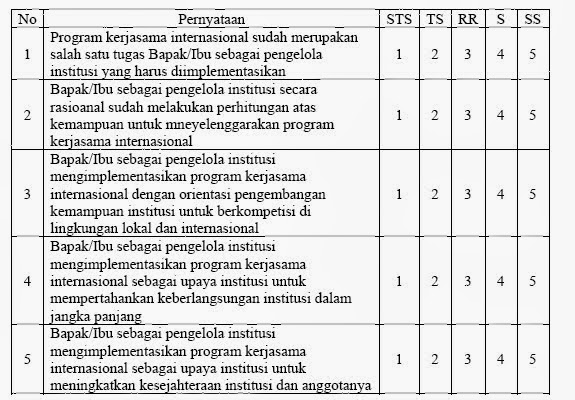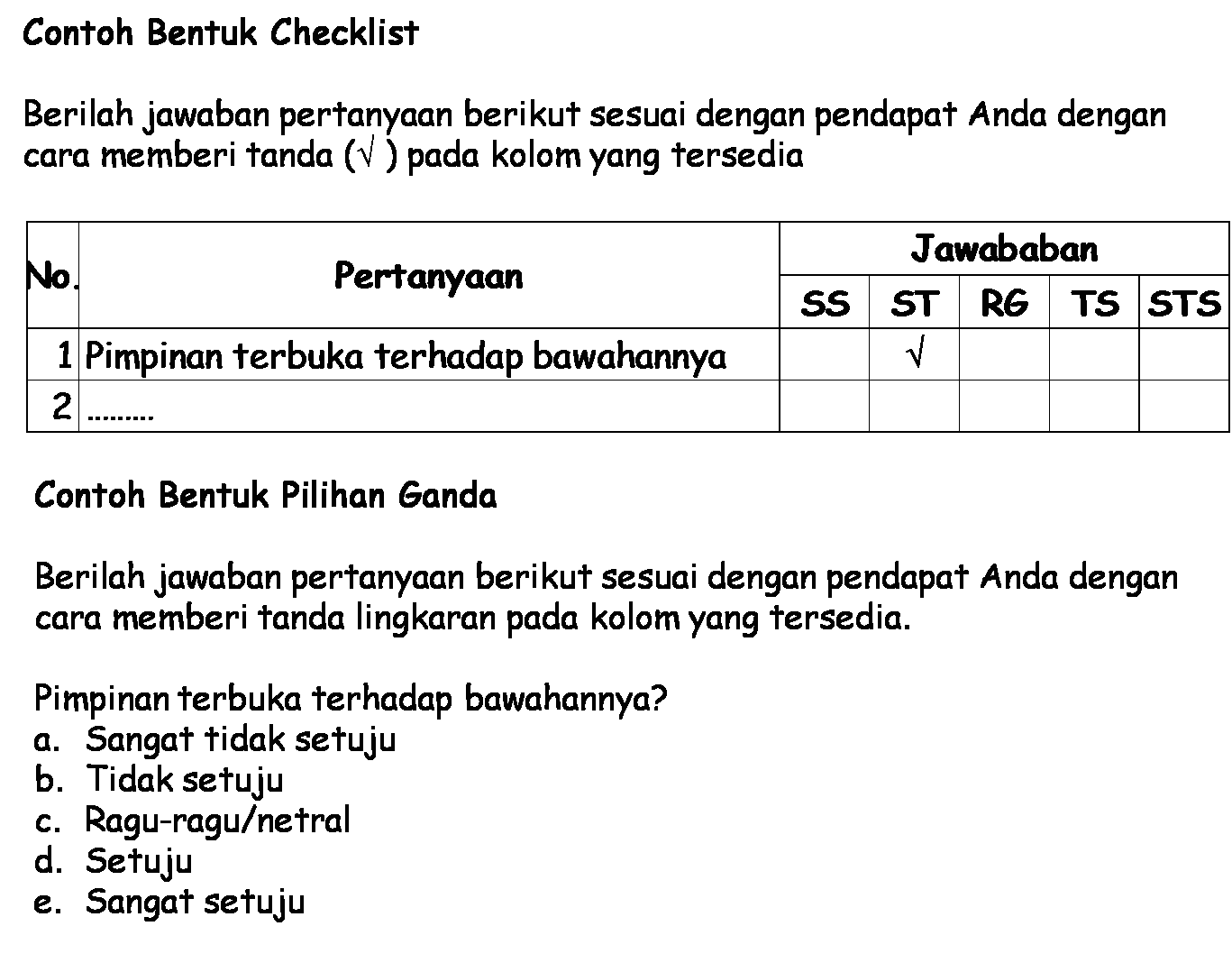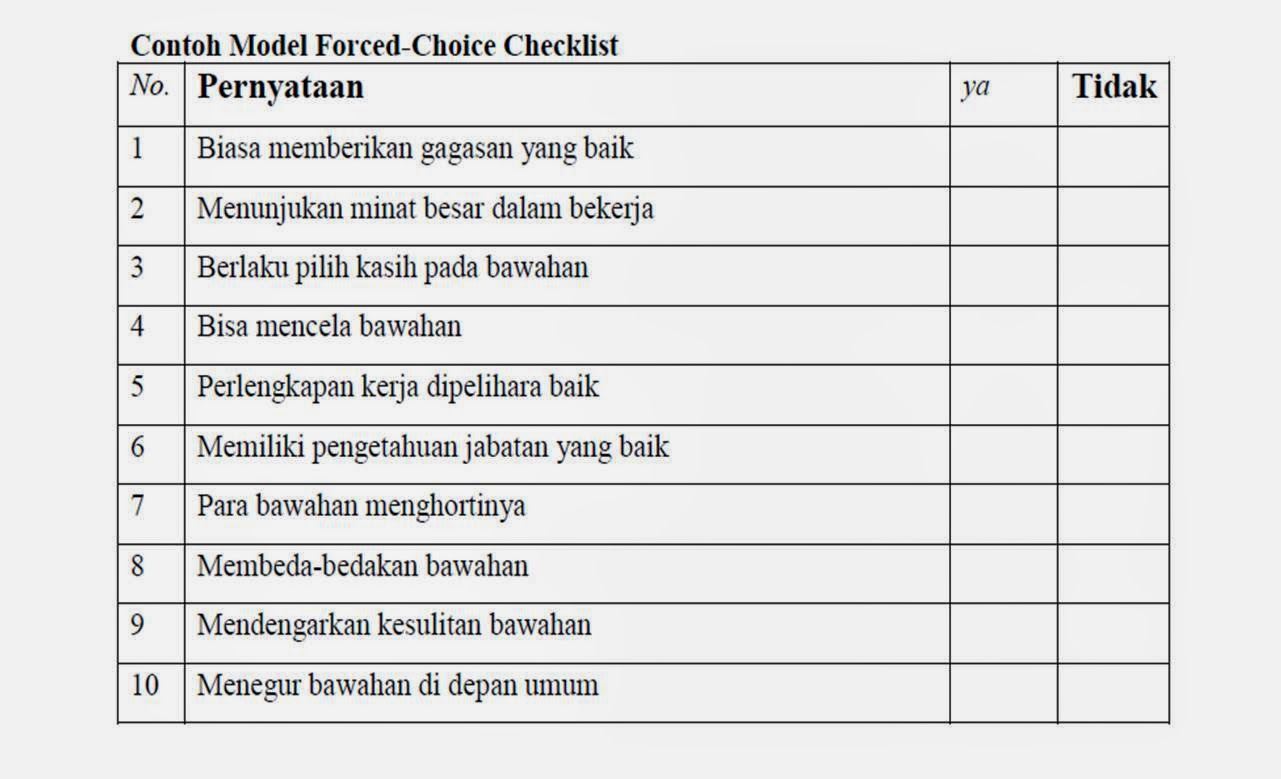Unlocking Insights: The Power of Measuring Opinions
In a world awash with data, understanding human perception remains a fascinating challenge. How can we capture the nuances of opinions and attitudes, transforming them into quantifiable insights? One tool stands out for its elegance and widespread use: the Likert scale. Imagine you're strolling through a bustling marketplace, the air alive with the scent of spices and the murmur of conversations. Each vendor presents a unique tapestry of colors and textures, inviting you to explore. Similarly, a Likert scale, with its range of response options, offers a structured yet flexible framework for capturing the spectrum of human sentiment.
Instead of a simple yes or no, respondents are presented with a nuanced spectrum, often ranging from "strongly disagree" to "strongly agree." This spectrum allows for a more granular understanding of opinions, capturing the shades of gray that often characterize human perception. The Likert scale, developed by American psychologist Rensis Likert in the 1930s, revolutionized the field of attitude measurement. Its intuitive design and ease of implementation quickly made it a favorite among researchers across various disciplines, from marketing and social sciences to education and healthcare.
The enduring appeal of the Likert scale lies in its ability to quantify subjective experiences, bridging the gap between qualitative and quantitative research. By assigning numerical values to each response option, we can analyze and interpret data statistically, revealing patterns and trends that might otherwise remain hidden. This ability to transform opinions into measurable data makes the Likert scale a powerful tool for understanding human behavior and making informed decisions. However, like any tool, the Likert scale is not without its limitations. One common criticism is the potential for response bias, where individuals may lean towards neutral responses or avoid extreme options.
Additionally, cultural differences in response styles can influence results, highlighting the importance of careful interpretation and contextualization. Imagine using a Likert scale to gauge customer satisfaction with a new product. Customers are asked to rate their agreement with statements like "The product met my expectations" and "I would recommend this product to a friend." By analyzing the responses, companies can identify areas of strength and areas for improvement, ultimately enhancing customer experience and driving sales.
From understanding employee engagement to measuring the effectiveness of a public health campaign, the Likert scale provides a versatile framework for capturing the pulse of human opinion. As we navigate an increasingly complex world, the ability to quantify and interpret subjective experiences will become ever more crucial. The Likert scale, with its enduring legacy and adaptability, stands as a testament to the power of measurement in understanding the human experience.
Ultra hd ultra hd graffiti wallpaper 4k from street to screen
Decoding the drip where does travis kelce get his clothes
The thrill of the match an in depth look at wwes royal rumble













